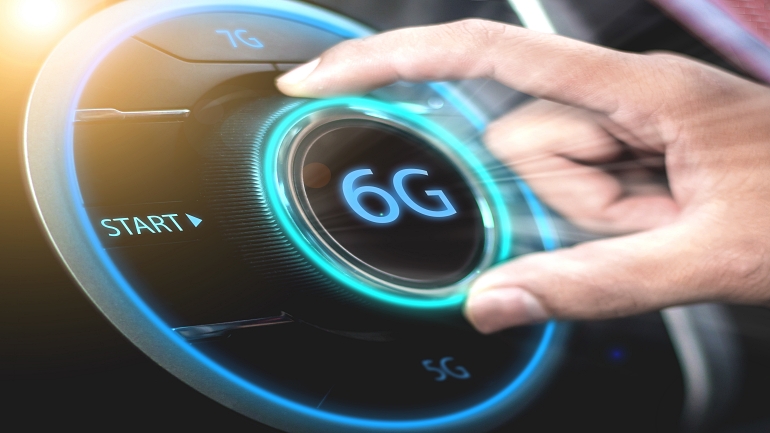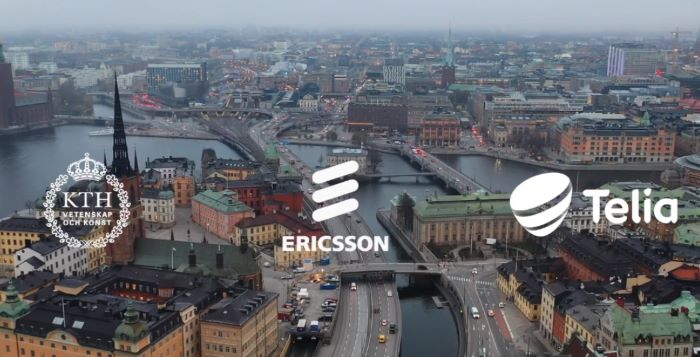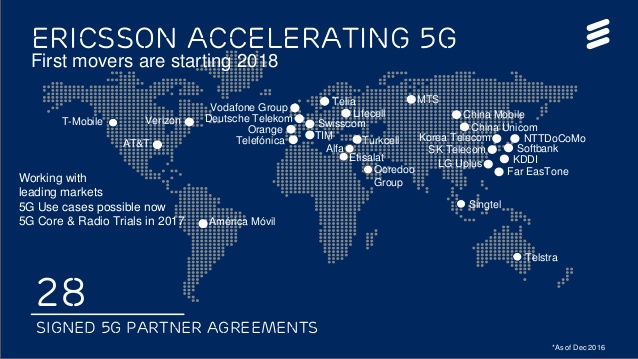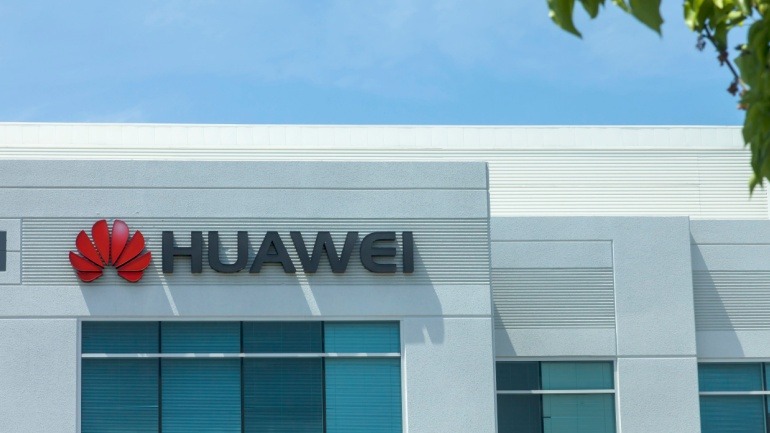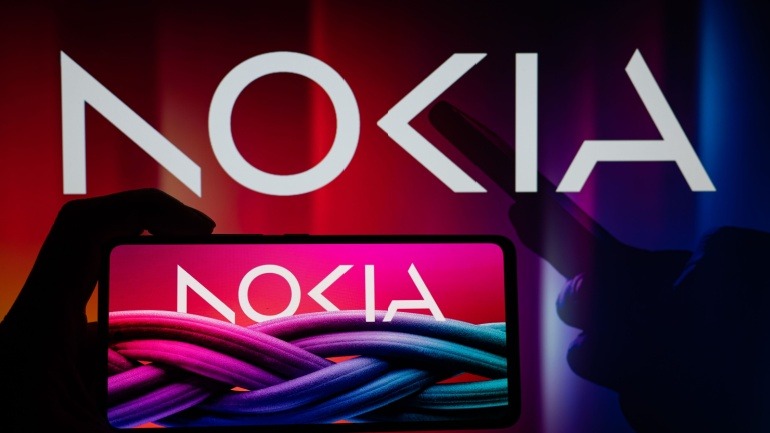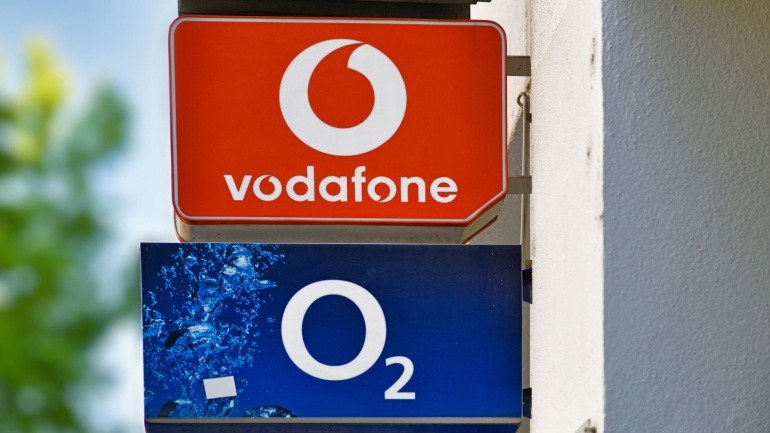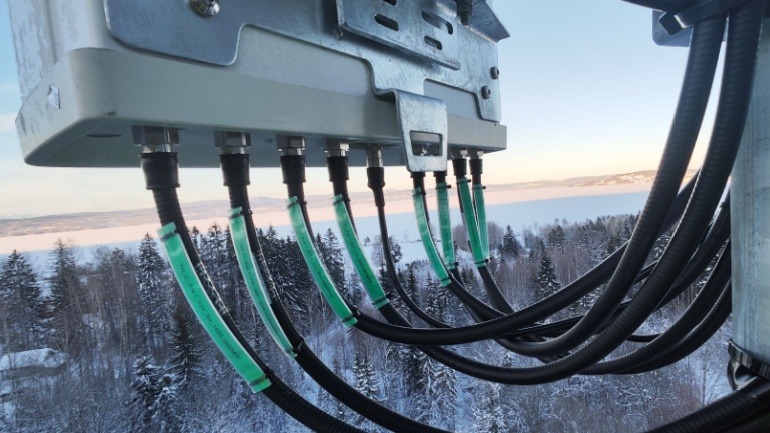The global race for future technologies has accelerated even further, with the South Korean wireless carrier SK Telecom announcing that it is joining forces with network hardware providers Ericsson, Nokia and Samsung Electronics to carry out collaborative research and development projects to pave the way for 6G mobile network technologies. The partnership will also help to upgrade the already-advanced 5G technology, and expand its adoption in other areas, including self-driving cars and in-built solutions. Park Jin-Hyo, Chief technology officer and Head of ICT R&D Center of SK Telecom, said, “Through strengthened cooperation with Ericsson, Nokia and Samsung Electronics, SK Telecom will be able to secure the world’s best 5G quality and lead the way towards 6G mobile network communications.” In accordance with the terms of the signed memorandums of understanding (MOUs), SK Telecom will work closely with each company to promote the advancement of 5G network technologies. They…
Telstra, the largest Australian telecommunication company, has announced the launch of a new rapid restoration service for one of its busiest subsea cable routes in Asia. The company has joined forces with Ericsson and Ciena to ensure that their customers stay continuously connected. The solution offers carriers and cloud service providers increased network visibility, flexibility and reliable data access. Nadya Melic, Telstra’s head of Connectivity and Platforms, said the new service is now available on three of its intra-Asia routes, following the successful tests carried out in December 2018. “The Asian region presents one of the most challenging environments for subsea cable systems. Busy and shallow shipping ports in Hong Kong and Singapore, high-levels of fishing activity and an ecosystem prone to natural disasters, all threaten to disrupt or damage underwater infrastructure,” said Melic. The new rapid restoration service on the subsea network will be provided using…
The networking and telecommunications company Ericsson and Germany’s largest network provider Deutsche Telekom, have announced that together they are the first to successfully demonstrate a wireless transmission on the mmWave spectrum, that can transfer data four times faster than currently existing services. The achievement of the data transmission rate of 40 Gbps with a latency of under 100 microseconds is a considerable advancement towards the fulfilment of stringent latency requirements of 5G, and the anticipated 100 Gbps backhaul networking. Per Narvinger, Head of Product Area Networks, Ericsson, said: “Microwave continues to be a key technology for mobile transport by supporting the capacity and latency requirements of 4G and future 5G networks. Our joint innovation project shows that higher capacity microwave backhaul will be an important enabler of high-quality mobile broadband services when 5G becomes a commercial reality.” A backhaul is an intermediate link between the core network and…
The Nordic telecom companies Telia and Ericsson have made important progress towards implementing 5G innovations for commercial use across Sweden in 2020, by launching their 5G development platform at KTH, the Royal Institute of Technology in Stockholm. Their hopes are for the network to play a vital role in developing innovative new solutions and services. The KTH campus was chosen as the host venue due to the research such as remote VR, Internet of Things (IoT) and industry automation being conducted at that facility. Professor Jan Gulliksen, the Vice President for Digitalization at KTH, appreciates this amazing opportunity “to have access to Sweden’s first 5G network here on campus.” He claims that it “gives our researchers, teachers and students a head start when it comes to understanding and developing this new technology ahead of its wider launch. This is exactly the kind of partnership we believe helps stimulate research-driven…
The Swedish tech company expects 5G devices market to expand exponentially over the next 5 years. A report issued by Ericsson on Tuesday indicates that IoT (Internet of Things, that includes non-computer connected objects) will see its growth explode with 5G connections available, as they foresee that the connected devices’ market will be multiplied by five. As of today, this market represents 700 million units, and by 2023 their report see a size of 3.5 billion IoT devices. Last November, Ericsson’s expectations were of half this number. Patrik Carwall, head of industry marketing department at Ericsson thinks that among those 3.5 billion, 1 billion devices will use 5G. He added “We have been reporting on mobile industry development for a number of years. However, this report is probably one of the more exciting ones because we are at the start of a big change in the industry.” 5G will start…
As reactive network planning fades, AI emerges as a game-changer for VoIP solutions, offering real-time data analysis and proactive management. With AI, VoIP networks can self-optimize, predict maintenance needs, and ensure seamless service even with rising 5G traffic demands. Embrace AI for efficient and futuristic VoIP network strategies.
Vietnam’s recent decision to award 5G contracts to Huawei and ZTE signals a crucial transformation in its telecommunications strategy, impacting its VoIP infrastructure. This transition highlights Vietnam’s complex balancing act between global powers, as it embraces Chinese 5G technology despite longstanding Western security concerns. Exploring Vietnam’s evolving VoIP dynamics amid geopolitical shifts offers insight into future telecom trends, emphasizing cost-effectiveness and advanced connectivity.
Nokia’s recent strategic shift raises eyebrows as it slashes European jobs while investing $4 billion in US R&D. This move underscores a stark pivot towards American interests amid Europe’s digital sovereignty push. As Nokia realigns, VoIP professionals must assess the implications on European technology autonomy and market dynamics.
O2 Germany has surged to prominence in the telecommunications arena, matching Vodafone Germany in connect magazine’s recent mobile network test. With significant investments in cloud radio access networks and enhanced infrastructure, O2 is redefining mobile connectivity standards. Strategic partnerships with Nokia and Ericsson ensure technological robustness, paving the way for their 4G and 5G advancements.
The radio access network market is stabilizing, offering a promising outlook after past downturns. While the RAN growth remains steady, the mobile core network shows impressive gains, especially with 5G developments. Companies like Ericsson and Nokia are key players, advancing telecom infrastructure with innovative VoIP solutions, paving the way for future growth.



